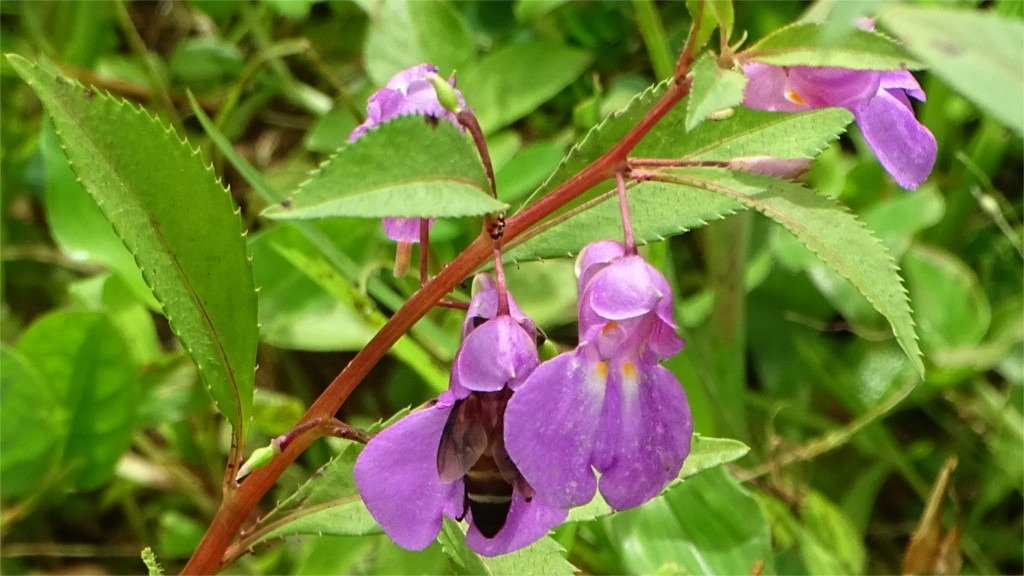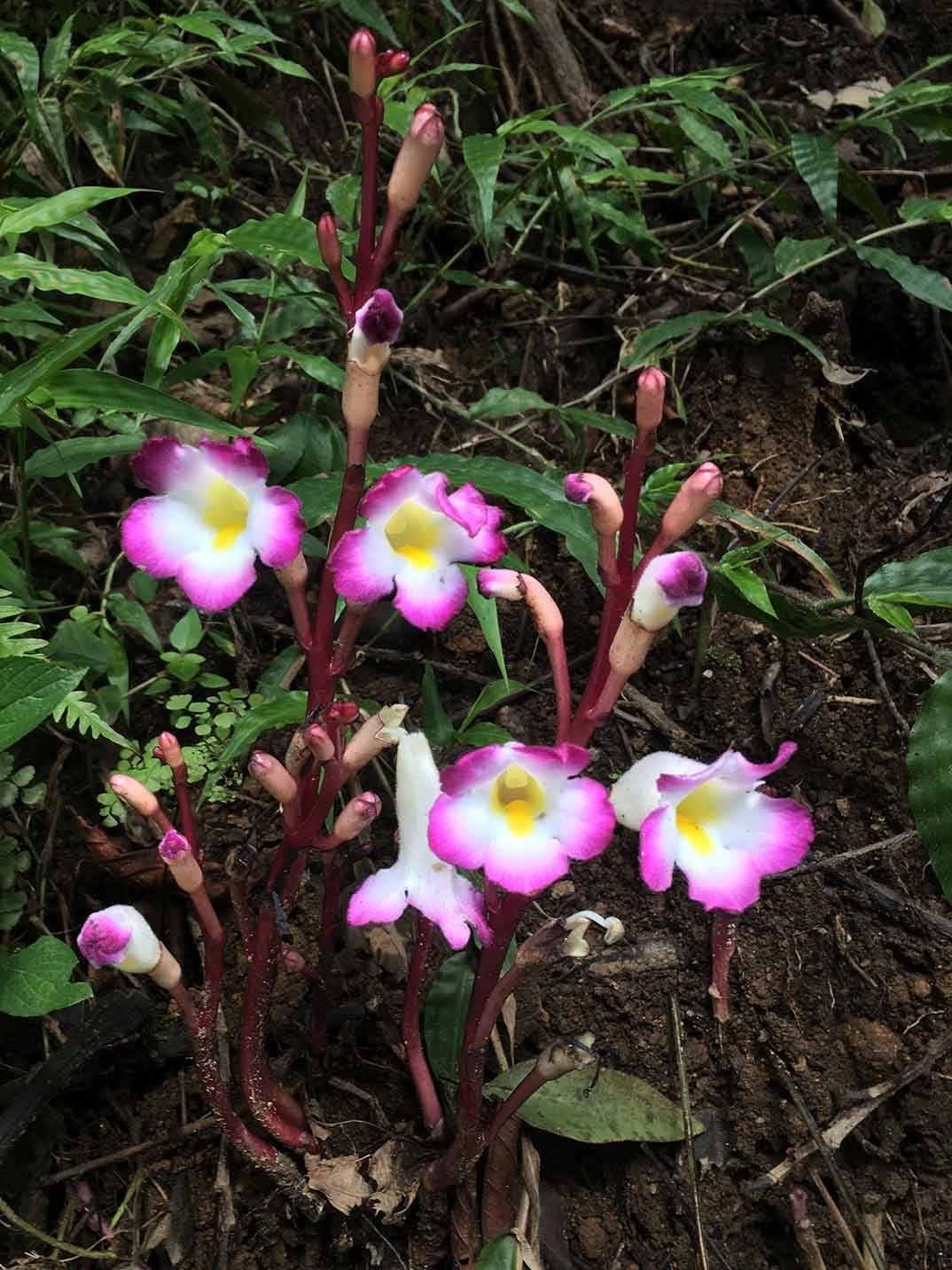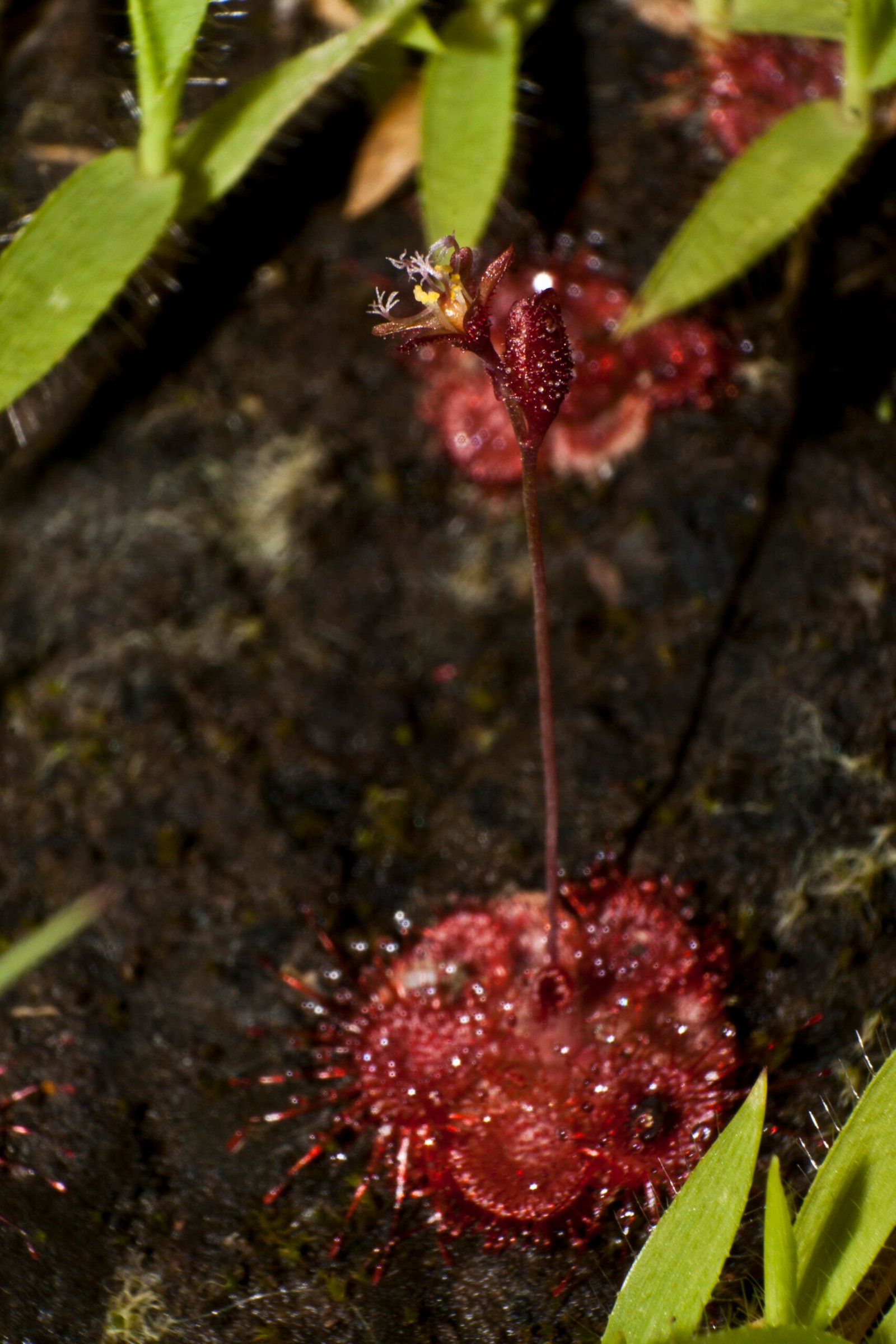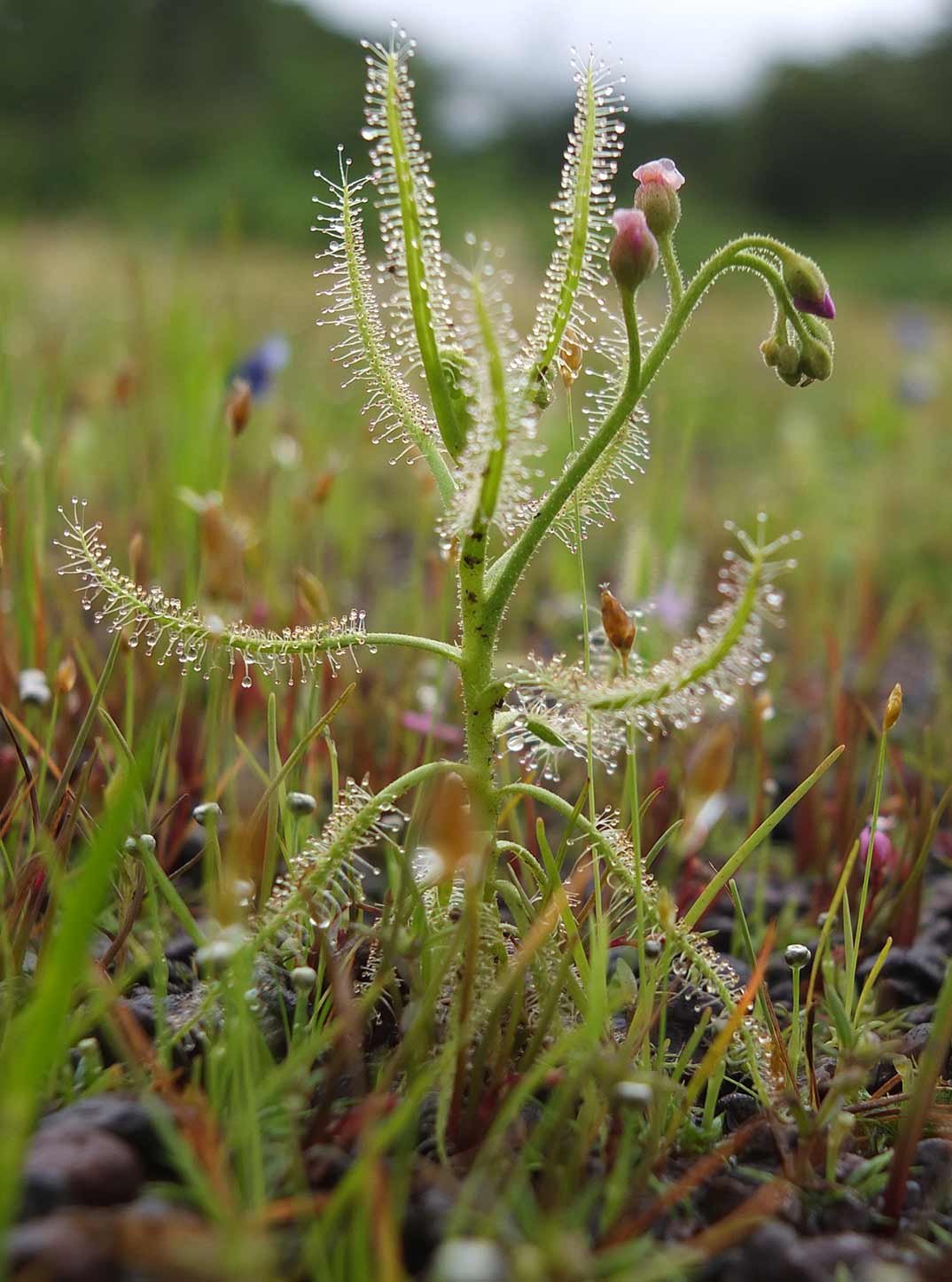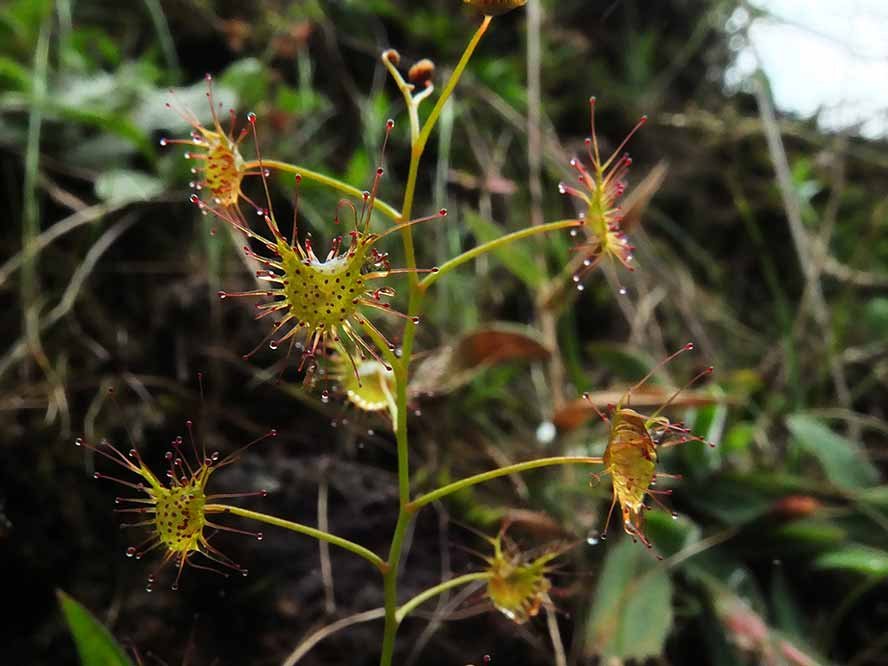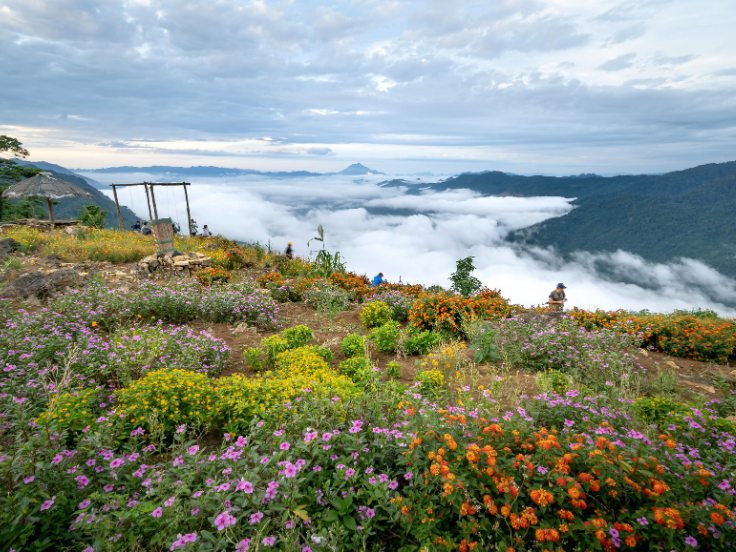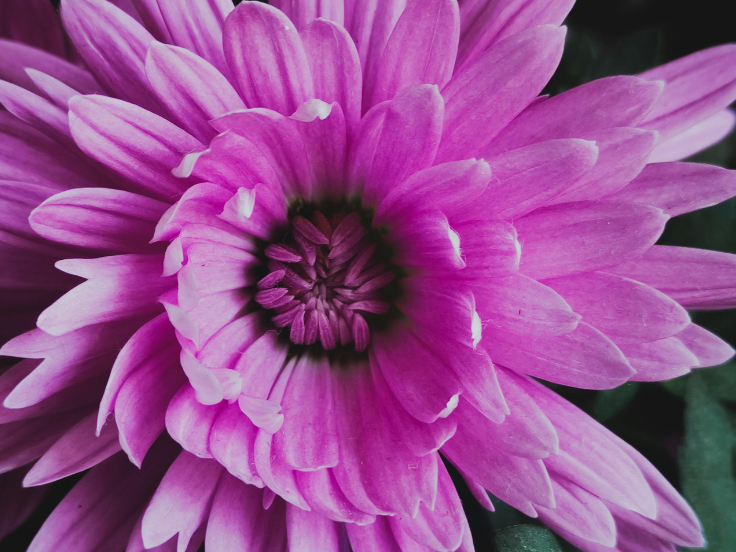Unexplored treasures of Indian vegetation Mountain ranges along the western coast of India are famous for their fascinating landscapes and rich wildlife. Surrounded by dark hills and lush forests, there are many less well-known wildflowers. These unexplored treasures have an important impact on biodiversity and indigenous culture in the region, as well as greatly affecting their natural beauty. You can see these beautiful wildflowers in the west of the ghat.
1. Neelakurinji, or Strobilanthes kunthiana
Neelakurinji is a plant belonging to the genus Strobilanthes spp. It is known for its purple-blue flowers. It belongs to the Acanthaceae family. These plants occasionally produce flowers. The unusual plant is located in the western Alps and Nilgiri Mountains of southern India (Karnataka, Kerala, and Tamil Nadu) and blooms between one and 16 years. When in bloom, the Neelakurunji transforms the entire hill into an impressive purple-blue carpet, drawing in a large number of tourists. The purple-blue Neelakurinji flowers, which bloom once every 12 years, are the source of the name Nilgiris.
2. Impatiens or Impatiens balsamina
Here, the hills get annual monsoon showers for around eight to nine months. After that, there is a three- to four-month dry season.
It is during the lush monsoon seasons that impatiens gladly germinate, develop, mature, blossom, and fruit. By the conclusion of the monsoon season, they distribute their seeds and die off. The cycle then repeats itself when the monsoon returns in June of the following year. When comparing the impatiens of the Western Ghats to those of the Himalayas, a great deal of diversity is revealed. The plant itself has significant variations, as it thrives in all possible environments here in the western Ghats. The flowers and leaves on the stem are different in size and shape, and the leaves are different on the stem. Some plants considered the forest soil their home; others, similar to orchids, grew in other trees like epiphytes, while others grew in rocks like lithophytes. Some species can grow on rocks and trees, as long as there are appropriate conditions. Local traditional medicine uses the anti-inflammatory and anti-bacterial properties of some species.
3. Ghost orchid or Epipogium roseum
Orchidaceae are a wide variety of flowering plants known for their attractive flowers. Together with the Asteraceae, they are one of the world’s largest flowering plants, with about 30,000 species approved. There are approximately 1200 species in India, 275 of which are in the Western Ghats.
The orchids have an intriguing way of feeding themselves. Unlike other plants, orchid seeds do not have a lot of reserve energy to support plant germination. So they establish a mutually beneficial relationship with the “fungal symbion.” Fungi living in orchid roots, in essence, help orchids absorb nutrients from the soil in exchange for carbon fixed by photosynthesis. Once orchids mature, they are usually able to survive.
Ghost orchids, on the other hand, are taking things further. They grow at the bottom of the dark forest, where there is little sunlight. They completely lost the ability to synthesize and depend entirely on their symbiotic relationships with fungi. The greatest sign of this phenomenon is that plants appear almost completely white, without chlorophyll or leaves. Fungi directly link the roots of orchids, producing nutrients from the dead organic matter of the soil or the roots of surrounding plants. Ghost orchids are named for their death-like, dead appearance.
4. Sundews
Sundew is one of the world’s largest carnivorous plants. This list includes all three species of sundew found in the western Ghats.
Sundew is the common name of the genus Drosera, one of the world’s largest carnivorous plants. Three species of sundew, all on display here, are located to the west of the cave.
Dry areas, sandy bays, or other mineral soils with low organic nitrogen and phosphorus content are typically home to sundew. They compensate for the lack of nutrients that would otherwise come from the soil by trapping and inhaling insects (fungi, ants, crickets, spiders, blood worms, fruit flies, and others). The sundews have mucilaginous glands that secrete a kind of glue that captures near-traveling insects. This glue is similar to a drop of dew from which plants get their name.
the tropical sundew, Drosera burmannii
Flycatcher, or Drosera indica.
Shield sundew or Drosera peltata
Local usage and ecological significance
The wildflowers of the western Ghats are more than just beautiful landscape enhancers. They are essential to maintain soil health, help pollinators, and maintain ecological balance. Numerous flowers have adapted to the unique ghat environment, showcasing a significant diversity.
The intimate connection between nature and human existence in this region is evident in the interplay between natural flowers and traditional medicine. In addition to conserving the natural beauty of the western Ghats, it is essential to preserve the diversity of the region’s ecosystems and rich cultural heritage.
Western Ghats wildflowers are an important part of India’s natural and cultural environment, and we will learn more about these hidden treasures. Its significance and beauty always remind us of the importance of protecting our natural heritage for future generations.
Follow Gulmahal Blog for such interesting blogs on Flowers




